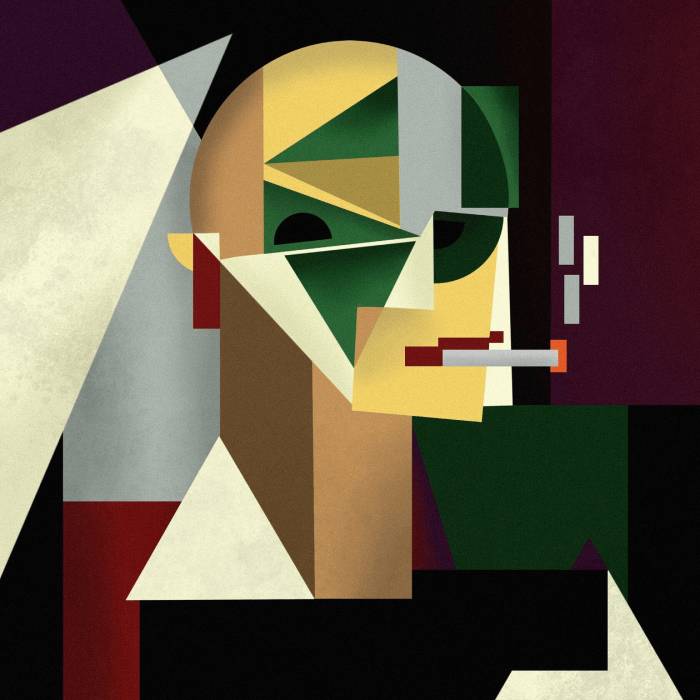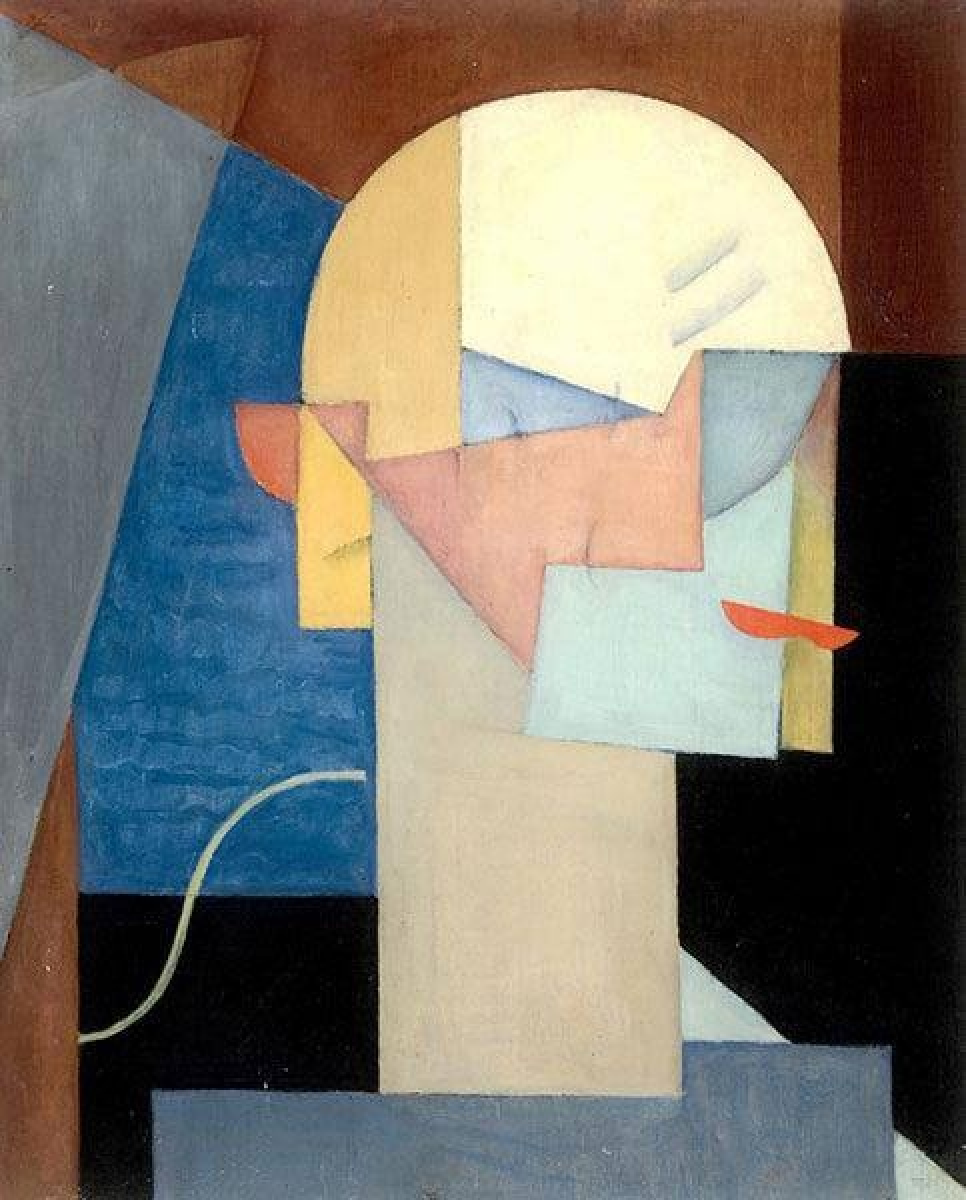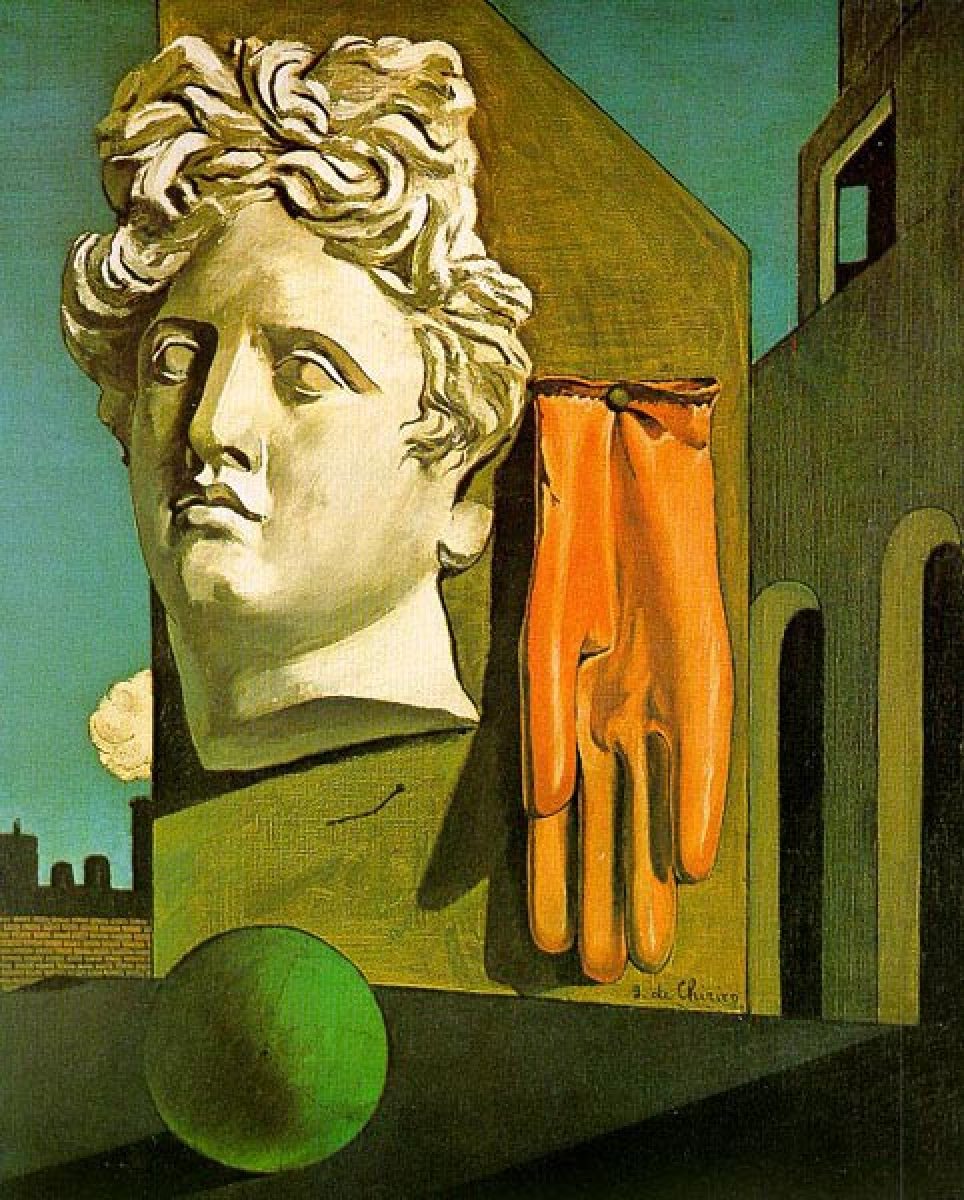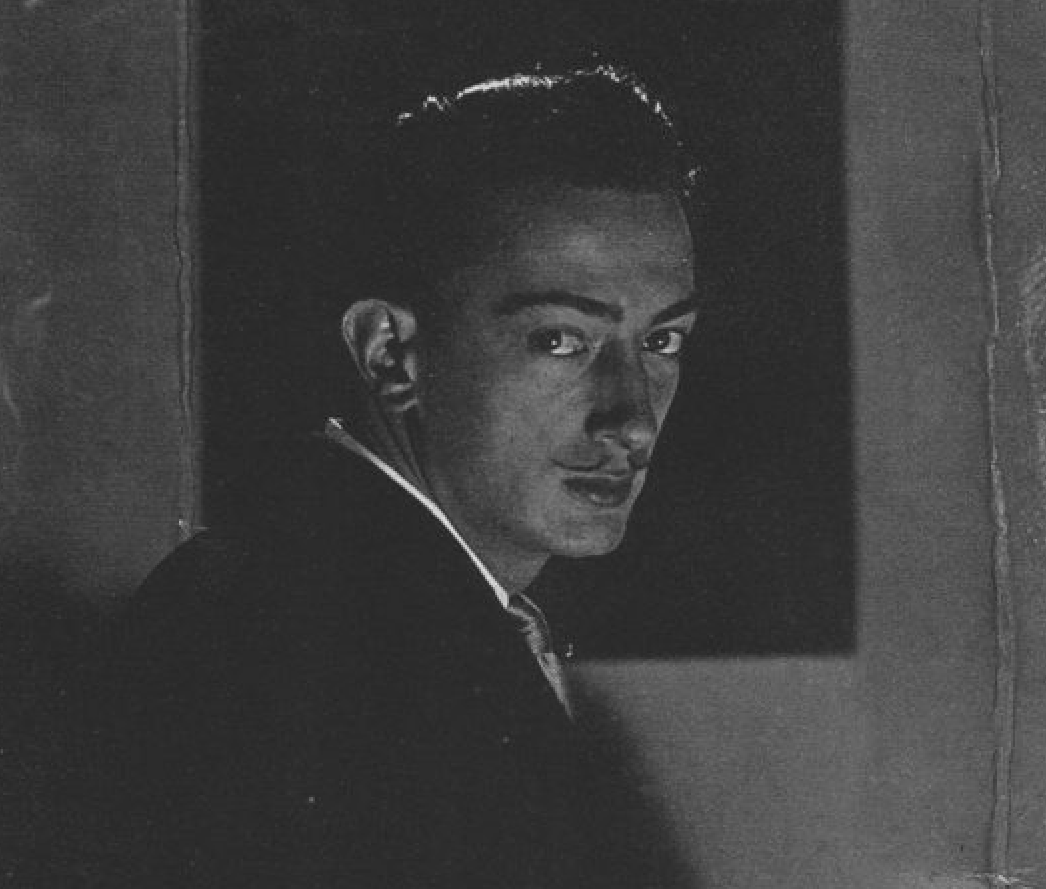SupremePunk #107

Bright Representative
This Punk is inspired by the CryptoPunk #5161 and the work of Vytautas Kayryukshtis. Vytautas is a Lithuanian painter, master of applied graphics, art critic. As a bright representative of the second wave of Russian suprematism and constructivism, the artist actively promoted the ideas of new art, close to Russian suprematism in the style of Malevich and constructivism in the style of Tatlin, as well as trends such as Cubism and futurism.

Vytautas Kayryukshtis — Cubist Portrait, 1923
The inspiration for Punk was the painting by Vytautas "Cubist Portrait". Several paintings painted by the artist in the portrait genre and Cubist manner are distinguished by a rational composition, a kind of decomposition and subsequent connection of geometric shapes. Despite all the conventionality of the image (and perhaps thanks to it), the artist's image came out courageous and even harsh. This impression is enhanced by large black and several figures in a brown scale - they serve as a background and come into contrast with the sculptural head of the conditional model, made in lighter colors.
The SupremePunk repeats the general composition of the work of Kayryukshtis, but the overall color scheme and the planning of the work are different. The color scheme is darker and more saturated, and the colors at work are bright and contrasting. The objects in the picture stand out more by creating gradients on the color planes.

Giorgio de Chirico — A Love Song, 1914
A still life of non-objective images was created in the painting. Similar compositions can be found in the works of Giorgio de Chirico. One of his paintings depicts a plaster bust, a rubber glove nailed with a nail, a green ball on a flat surface - the author dubbed this incomprehensible set of objects "A Love Song", forcing viewers to puzzle over the true meaning of these objects. This approach to reality was formed by de Chirico under the influence of German philosophers, whose works he was fond of in his youth. The artist believed that constantly changing reality can be expressed only with the help of the simplest elements, structures and symbols that can hold and preserve it. Such symbols, obviously, are the objects depicted in the picture, but what exactly the meaning the author put into them remains a mystery to this day.

Man Ray — photo portrait of Salvador Dali, 1929
Perhaps the artist depicted his self-portrait, many artists like to leave their faces on canvases, photographs and sculptures in such a style that it reflects their common vision of art.
One of the most expressive and attractive self-portraits can be called a photo portrait of Salvador Dali. He was assisted in the shooting by photographer Man Ray. This photo is quite minimalistic and mysterious, but at the same time fully reflects the inner world of the artist and his emotional state.

Buy

Gallery:
CryptoPunk #5161 that has been taken as a base

Your transaction is in progress

You have connected to the wrong network

Transaction is successful!


